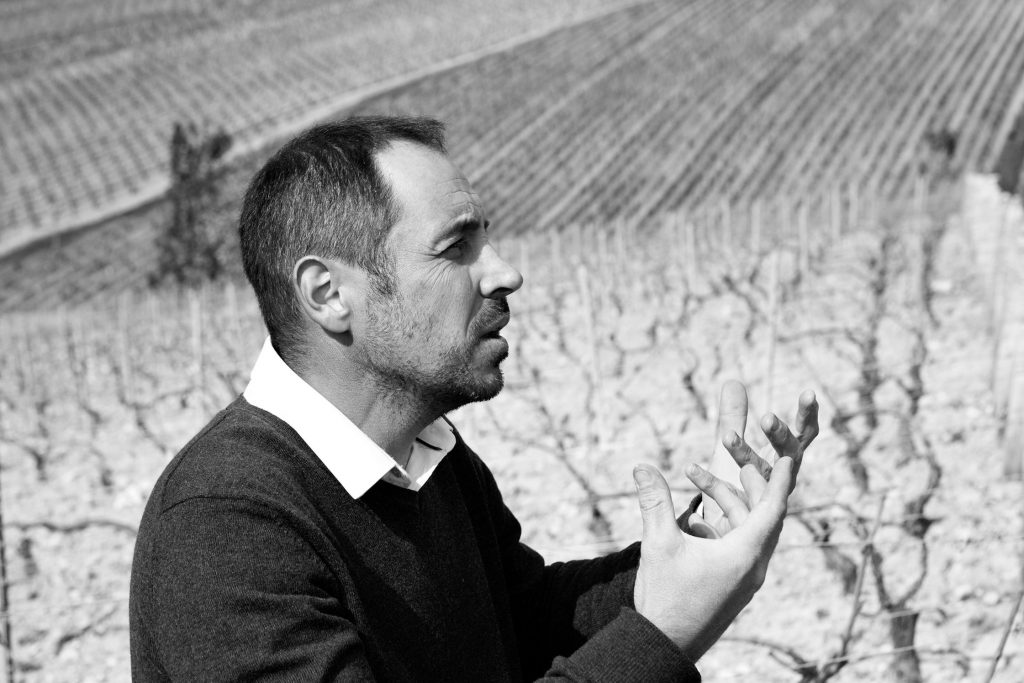
After our visit to Thierry Richoux in Irancy, we returned to Préhy to drop Andrea off for some much needed rest. Ted and I paused beside a war memorial across from the Airbnb and stared at it with solemn fascination. In many towns and often on the side of the road, there are statues and monoliths to commemorate each of the great wars, when thousands of locals died fighting the Germans. It was more rich history that evokes so many disturbing images from film and fiction, more history that we just don’t have on the ground in the States, though certainly not the enviable kind.
We jumped in the white wagon and drove through Chablis and to the other side, where we skirted Vaillons and Montmains, two hills that demarcate the left bank premier crus of the region. Chablis is a big AOC; just to give it some perspective, the one grand cru known as Le Clos is almost bigger than the five grand crus in Puligny-Montrachet combined. To our left were the grand crus on the right bank, where the producer we were going to visit, Sébastien Christophe, has all of his holdings.
We were greeted at Sébastien’s compound by a nice lady who guided us into a tasting room in a low building adjacent to a small house. He was running late and she assured us that he would be along shortly. It turned out that she was his mother, and she lived in the little house with his father; Sébastien’s grandfather established the domaine and planted the family’s first Petit Chablis vines in 1959.
Sébastien finally arrived, a little frazzled, and peppered us with apologies. He had just come from some of his parcels where he had also lost quite a few vines to the frost. He’s wiry and of medium height, with a kind of fidgety energy, an expressive face and wide, wild eyes that he widens even more when punctuating a joke as he smiles his crooked, gape-toothed smile.
He showed us into the next room, which expanded into a big facility with a vaulted ceiling, full of forty-five and ninety hectoliter steel tanks. He expressed disappointment that Andrea hadn’t come, because he had prepared a bunch of jokes for her. He speaks nearly perfect English, but still frequently apologizes for what he sees as his linguistic ineptitude.
We passed a couple of his employees, both in white jumpsuits hosing down equipment and the floor, and Sébastien quipped that they should get back to work. They laughed good-naturedly, even though they looked exhausted. Everyone had been up all night tending to the precarious situation. Sébastien quickly said he was kidding and told them to go home. He told us that he usually cleans the cellar himself, but his staff couldn’t tie the vines down yet because it was going to be another cold night, so they were inside doing the cleaning to stay busy.
He gestured at one of the tanks and said that for three years he’d been doing natural fermentation after the juice is pumped into the tanks, where it stays for twenty-four hours. In 2016 he’d done a lot less of this, he joked, producing only 70,000 bottles compared to the 140,000 of 2015. Then, half the crop in 2016 had been lost to frost and hail. Usually it wasn’t a problem, so fighting the frost for a second year in a row was discouraging.
Christophe started in 1999 with half a hectare, had thirty at the time of this writing, and said he’ll stop after he acquires five more. Ninety percent of his sales are in export and the bulk of it goes to Britain. The ten percent of his production that stays in France all goes to high-end restaurants, a fact that surprises and humbles him instead of going to his head. The entire time we were there, he never once stopped being endearingly self-effacing along with all of his playful sarcasm.
He took us out to his vineyards in a beat up mini-van, every surface of its interior covered with a thick layer of limestone dust. We passed huge fields of tall green grasses, which he said was young wheat, barley and peas (much of which is grown for animal feed), along with linen. Unlike his grandfather, his father wasn’t interested in making wine. Instead, he farmed grains that were made into cereal, and his family still owns a hundred hectares of those fields.
We got out to his parcels and he gestured around us as he explained that they’re divided into three sections. He pointed at the top of the hill, where the soil is predominantly Portlandian limestone, where true Petit Chablis is grown. Then he waved a hand across the middle section where we were standing and said it was a mixture of Portlandian and Kimmeridgian limestone, and the bottom of the hill below us was all Kimmeridgian. Ted excitedly picked up rocks and looked through his loop. Then he handed them to me and I saw what I’d heard him talk about at many of the other visits: the fossilized shells of countless tiny creatures from an ancient, long-gone sea.
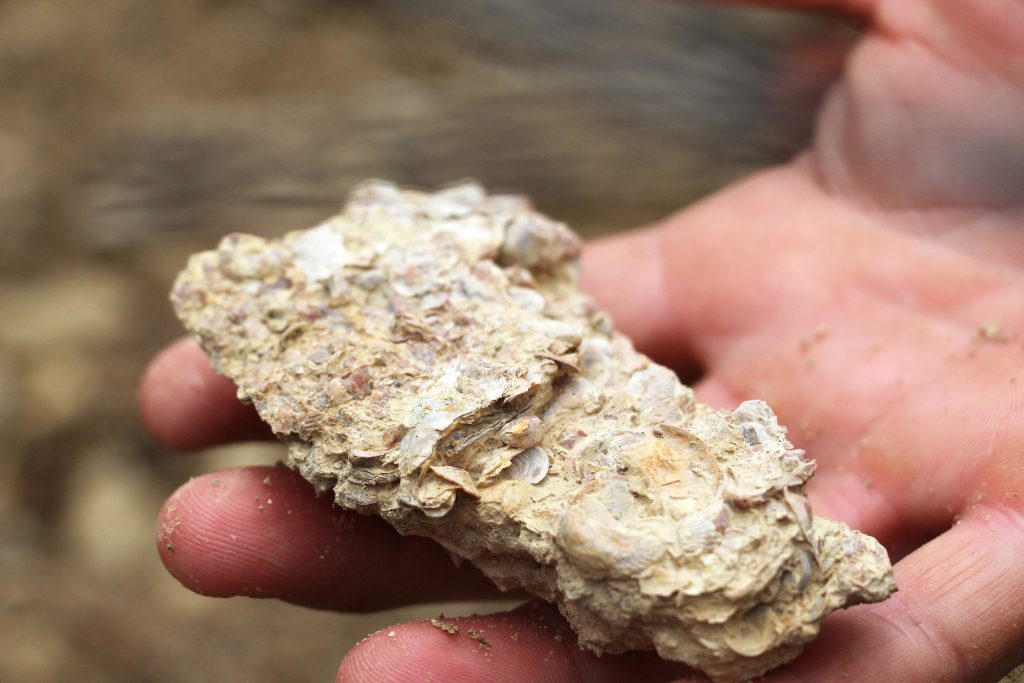
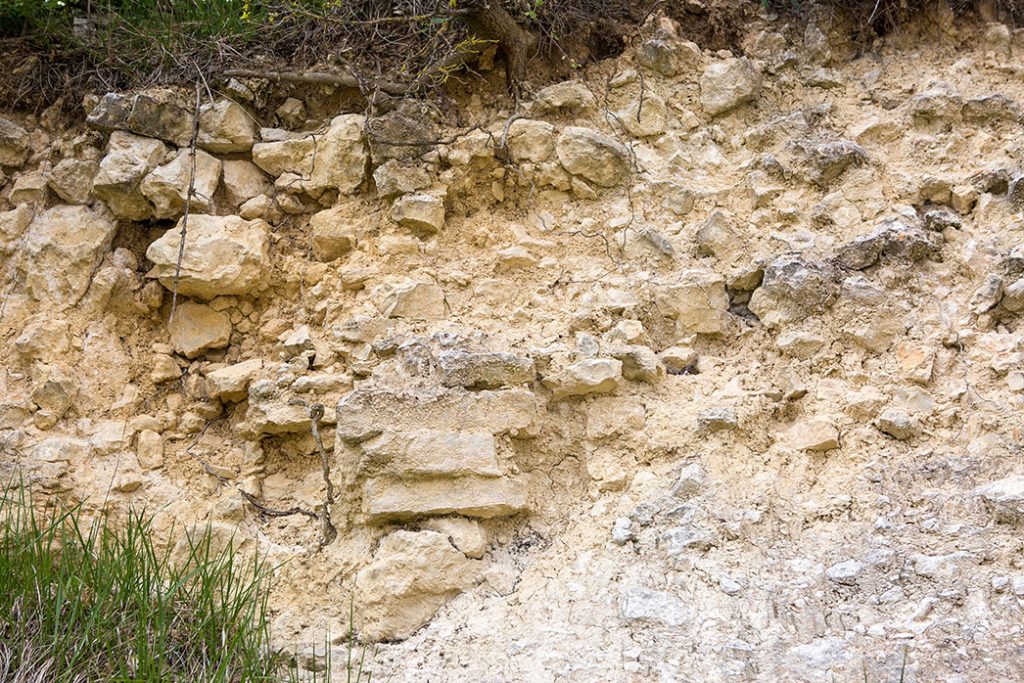
Every field was yellow-beige and white, covered completely with chunks of stone; there was hardly any greenery anywhere between the vines. As with other fields like it that we had visited, it seemed impossible that anything could grow from a ground so completely covered with rocks. He plows to limit grass, and the surface is too arid for microbial life and for the roots, which forces them downward in search of water. “I’m a tyrant with the vine,” he said, whipping an invisible lash in his hand. Keeping the vines deep also protects them from the rising temperatures during the warmer months, which are progressively getting warmer due to climate change; if they stayed too close to the surface, they would get baked.
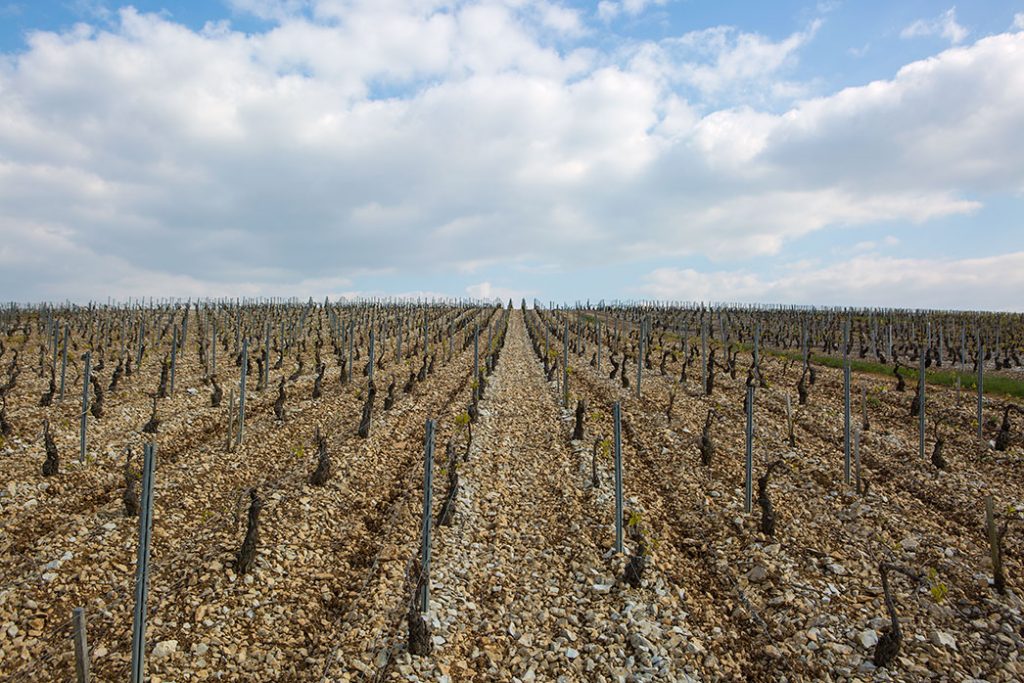
He works with highly sustainable methods, treating the vines with only one spray of organic weed treatment at the beginning of spring before they plow, and in 2015 they started trimming the vines and putting them into the soil for mulch. He often mends the soils with a little iron to prevent chlorosis, a sort of anemia in plants that can cause the leaves to go yellow when the vine can’t absorb enough iron due to a surplus of calcium buildup around the roots. He could easily go for the organic classification, but as we had heard from many other vignerons, he hesitates to do so, reserving the right to resort to synthetic treatments in emergencies so as not to put himself out of business.
We got back to the tasting room and started in on pouring the 2016 Petit Chablis, which is bottled in April, along with the Chablis AOC wine, unlike the old vine and premier cru Chablis, which are bottled in September. Sébastien watched Ted with tense anticipation and quickly dropped the caveat that we were sampling them a bit too early. Ted was uncharacteristically quiet with each sip. But he was just doing it to toy with Sébastien, and he finally broke into laughter when he noticed Sébastien’s tension growing. Ted said, “you worry too much,” a point that Sébastien instantly conceded.
Ted is a huge fan of Sebastien’s wines and imports them all. But they both noted that 2016 was more concentrated due to the low harvest yield, and it had only been in the bottle for two weeks, so it was still quite closed. Ted waits a month before he lets any of his reps sample and sell the wines he imports; all of the travel can “shock” them, a temporary situation when the wine is constantly shaken during its trip and all of the aromatic and flavor components can go quiet for a while. For some vintages that arrive particularly “tight,” he’ll wait even longer.
As Sébastien described his wines in a very animated fashion, the exchanges between him and Ted got more comical by the minute. Sébastien said he was stressed about how people would respond to tasting so soon after bottling, and Ted kept giving him grief for it and pretending each first sip was so-so. We moved on to some of the 2015s, which sell well, but don’t please wine geeks as much as the other because, as Ted said, they’re “lower in acid, less punishing.” It’s clear that many advanced-placement winos need a certain level of intensity to pique their interest.
We were joined by Nico and his wife Leticia (whom we had visited in the Alps a few nights before), on their way to a couple of vacation days with their two girls. They got some glasses and jumped in on the tasting and discussion. They had just come from an area of Burgundy where some vineyards were attempting to ward off the frost in the most outlandish way yet: they were flying helicopters over the vines in order to blow the low-lying cold air away. Again I asked if this worked, and everyone gave shrugs and said, “who knows?”
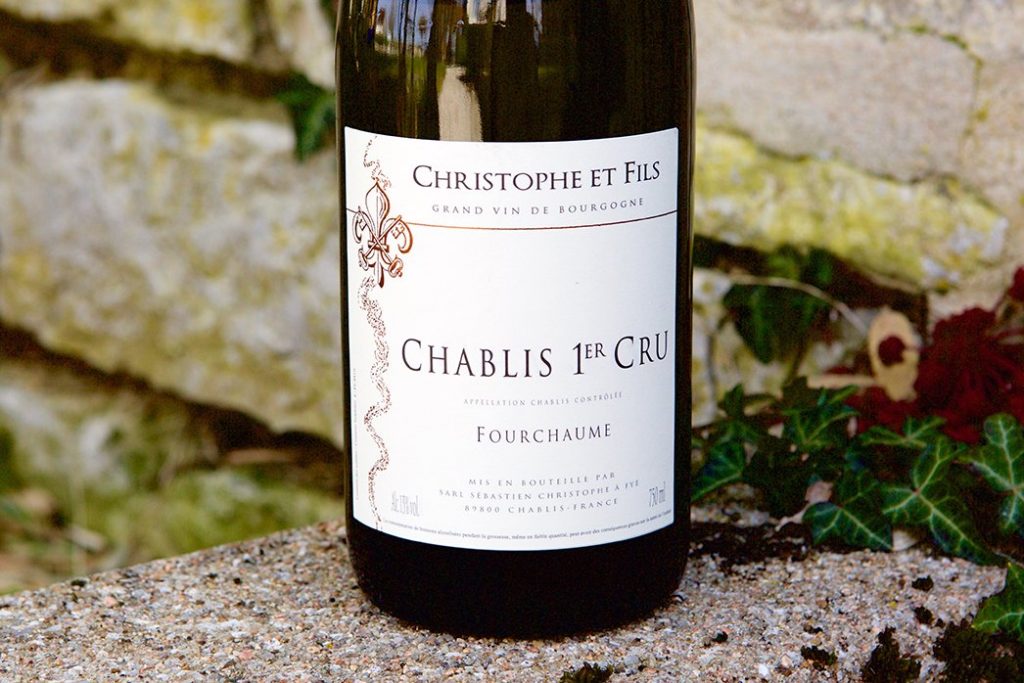
Nico remarked that all of his restaurant-owner clients and their customers were crazy about Sébastien’s Fourchaume premier cru for its “hardness.” He and Ted talked about how the grand crus are bigger because they are grown in more clay-rich soil, whereas the wines grown across the Serein River are much more mineral from being grown in mostly stony soils. Ted said he poured a magnum of one of Sébastien’s 2012 premiere crus at his wedding, a few months earlier, to which Sébastien joked, “did it give you a stomach ache?” Everyone laughed, and he added, “No, no. It’s a good wine. If I had the money, I would buy it and keep it all for myself.”

